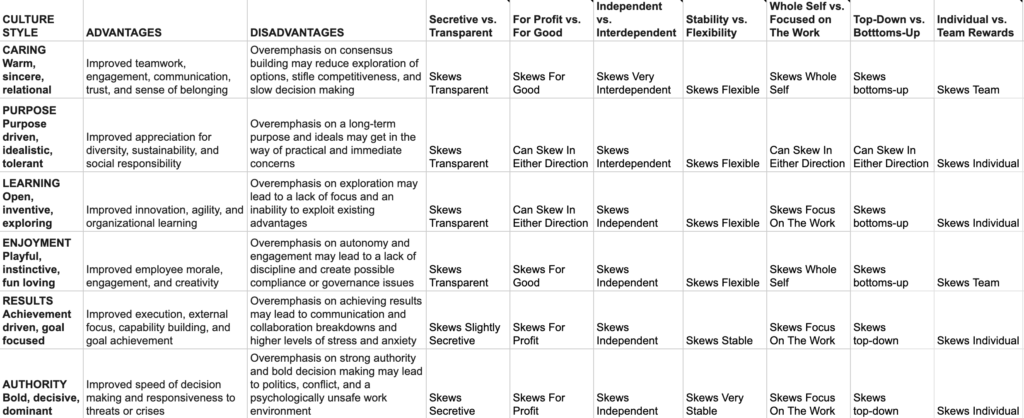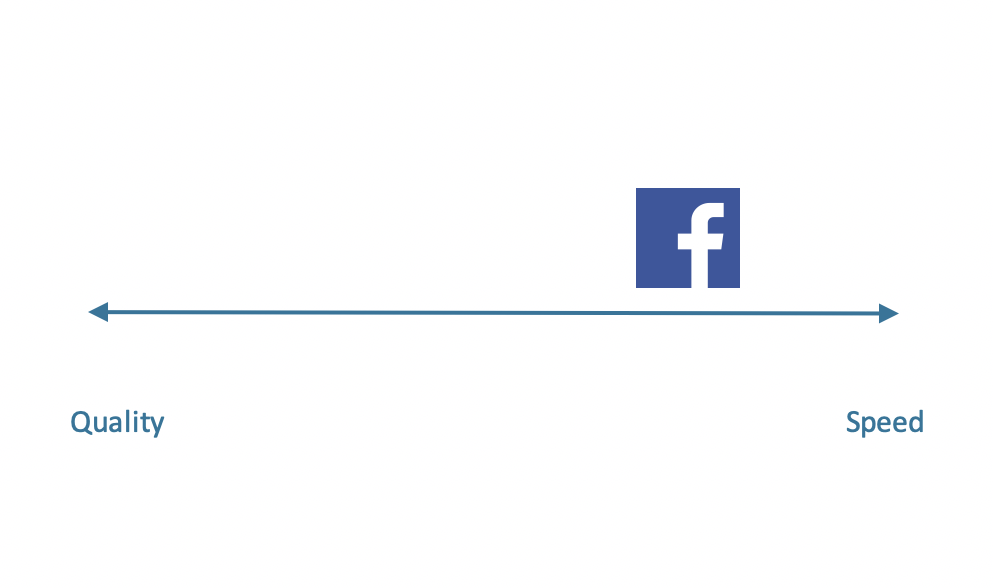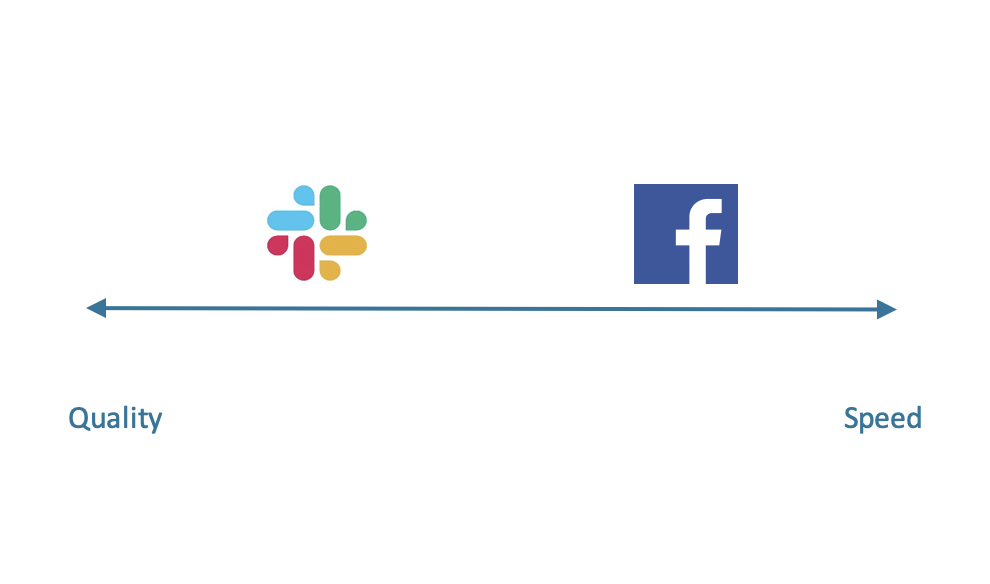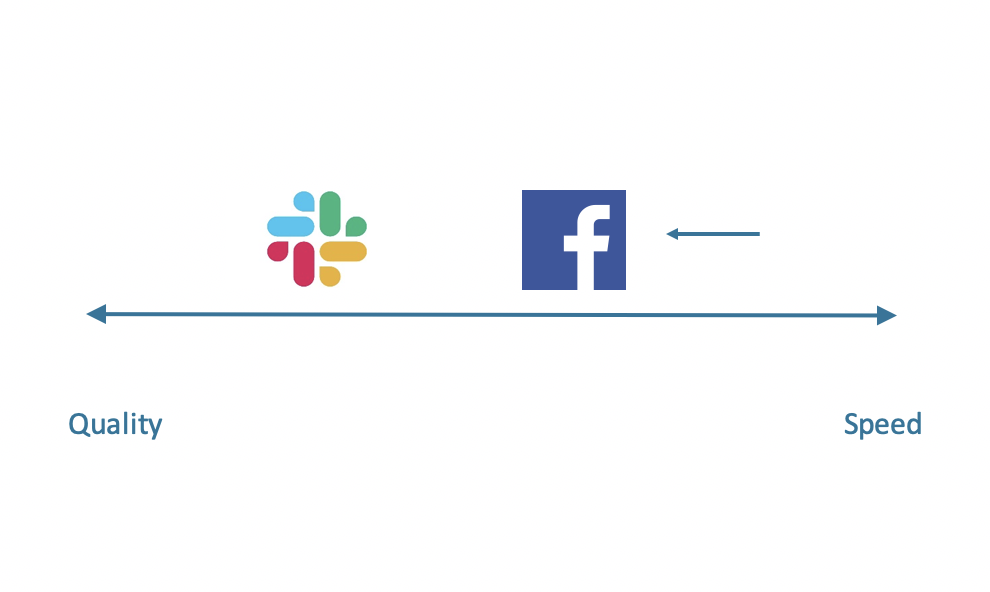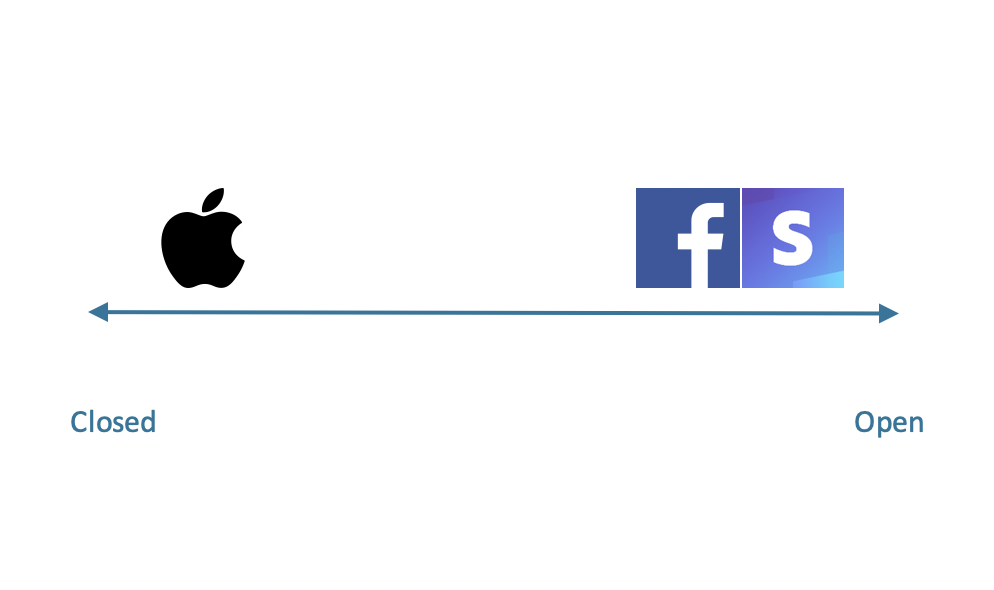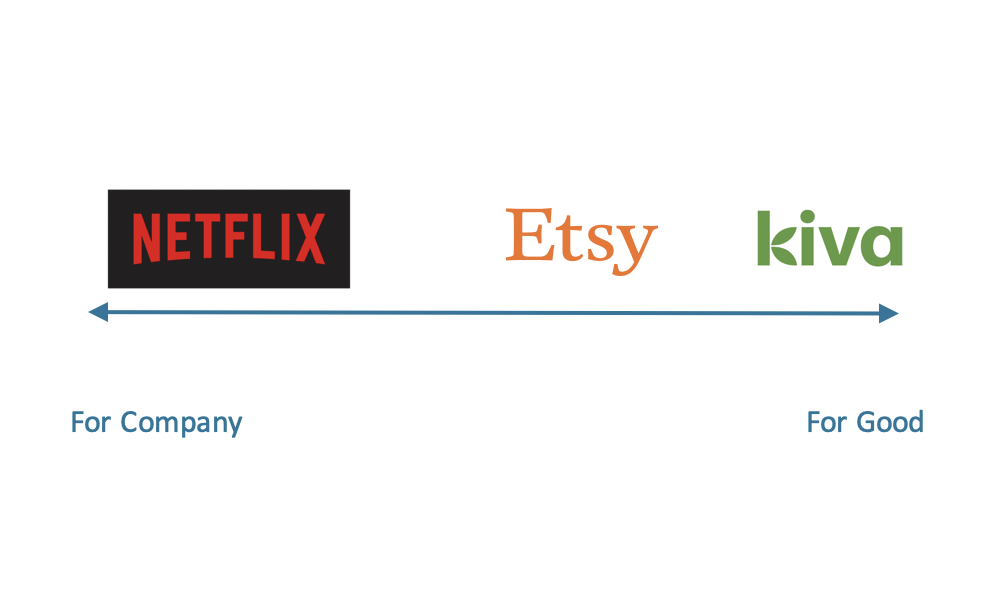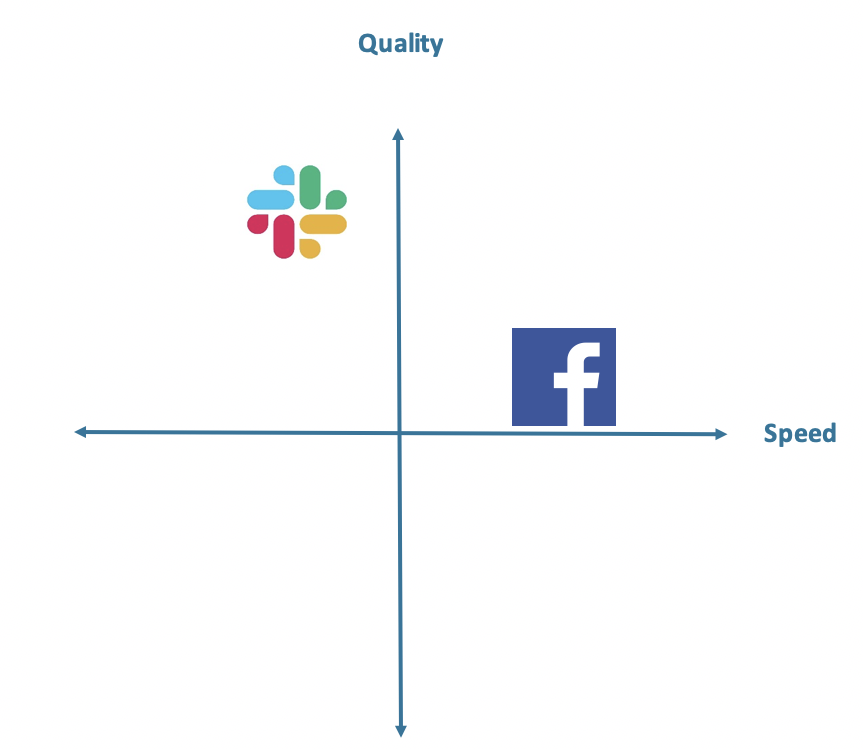Every startup talks about their cultural values, but very few live them in a way that better allows them to win. Most are too vanilla and therefore forgotten by the team over time. There is a difference between cultural values, where companies say how they intend to operate on a spectrum compared to other companies, and principles that should apply to all companies trying to become great. Assuming good intent of co-workers, for example, is not a cultural value; it is a principle for great teamwork inside a company. It’s a dominant strategy for every company to operate that way. Cultural values should state the way this particular company does things that might be different from others. When cultural values work, they, along with dominant company building principles, should impact who gets hired, fired, and rewarded.
During the pandemic, Eventbrite felt like our company strategy had changed, we had a lot of new leadership, and our values weren’t helping us deliver against our new strategy. This was also a time where there was a lot of corporate pressure from employees on how they engaged on social issues, which was both generally distracting for a company trying to survive in war time. Other companies at the time were making headlines for, perhaps, some over-reactions to internal conflicts surrounding these topics (see Coinbase and Basecamp), and social media was over-reacting to those changes too.
So, we defined a process to evolve our cultural values, which I recommend all companies go through over time. I’m publishing the framework on how we did as a few of the startups I advise have found it helpful. This is just a framework; you don’t have to use it. The important part is to be intentional about your cultural values, and to keep them up-to-date with how you actually want your company to operate.
David, our Chief People Officer at the time, and I were inspired by a Harvard Business Review article called The Leader’s Guide to Corporate Culture. The article describes eight predominant cultural styles across companies. I created a spreadsheet that broke down these cultural styles based on a few different attributes, and asked our executive team to mark what they believed their predominant style to be. The attributes we focused on (which could be tweaked for your company) were:
- Secretive vs. transparent: Do you default make things need to know or try to share everything?
- For profit vs. for good: Are you a non-profit, willing to trade off some profit for your values, or entirely profit driven?
- Independent vs. interdependent: Do you encourage people to move on their own or build consensus so everyone rows in the same direction?
- Stability vs. flexibility: Do you try to keep the strategy the same or encourage pivots based on new information?
- Whole self vs. focused on the work: Is work about work or are social causes a big part of the culture?
- Top down vs. bottoms up: Do leaders make all the decisions or are decisions pushed down the org chart as much as possible?
- Individual vs. team rewards: Do you reward everyone on the team the same or provide more rewards to those who deliver more impact?
You can view and copy the spreadsheet here for your own personal use.
Hopefully, you can see on these attributes there is no right or wrong answer, just preferences of individuals on how they like to work. Obviously, I have my biases, but I have examples across every spectrum of companies operating differently and being successful. What’s important is the company is clear where on the spectrum they are.
Each leader then picked for each attribute where on a scale of five points where they would ideally like to operate. For Secrecy vs. Transparency, for example, they would pick either: Very Secretive, Secretive, In the Middle, Transparent, Very Transparent. We then collectively ran an exercise where we defined what we believed the current leadership style of the company was today, and where the company operated today on these key questions. We then ran an exercise of where we wanted the company to go that might be different from how the company operates today.
As an executive team, we learned a lot about each other and the Eventbrite culture through this exercise. We unanimously agreed that Eventbrite was a Caring and Purpose culture as defined the HBR article. And we liked a lot of those attributes. We also noticed that a lot of the new leaders Julia had hired recently reflected more of a Learning and Results orientation. This seemed to be a deliberate exercise by Julia, if a bit of a subconscious one. So we wanted to communicate to the company more of an intentional move in that direction.
Once we aligned on these attributes and styles, what we did not do was write new cultural values. Because one of the attributes we wanted to change was to be more bottoms up, we then went to the rest of the company with this desired change, and formed a group of people across the company to develop the new values based on these directions. By workshopping every so often with David and myself, this working group defined new cultural values we then introduced to the entire company.
You will not come up with the same answers the Eventbrite executive team aligned on, or perhaps even debate the same attributes. But spending time on this alignment and using it to communicate clearly with the rest of the company can mitigate a lot of cultural issues as well as drive clarity on how certain decisions should be made beyond personal preferences.
Be sure to subscribe to my Substack to catch future posts.
Currently listening to my Synthpop playlist.
